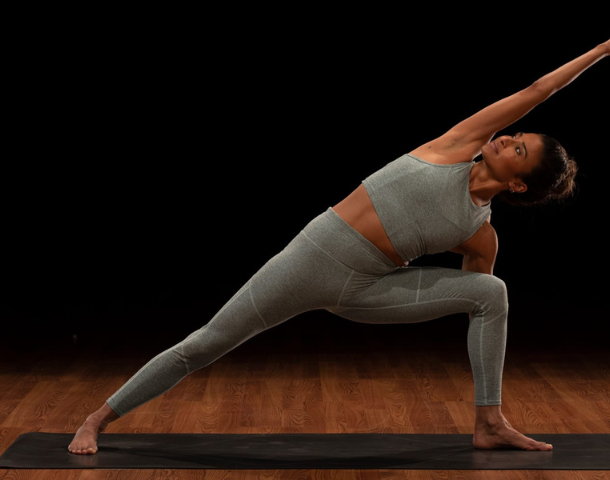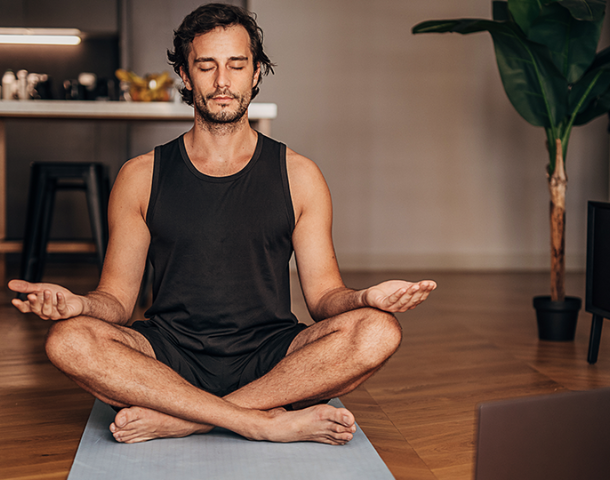
How to Work Your Way to Your Very First From-the-Floor Push-Up
Push-ups are one of those classic exercises you see everywhere, from bootcamps to yoga flows to strength workouts—and probably even in your gym class flashbacks. But if you find yourself grimacing whenever they pop up in your programming, you’re totally not alone.
There’s no sugarcoating it: The push-up can be hard AF. According to a study in the Journal of Strength and Conditioning Research, the from-the-floor version requires you to move up to 75% of your bodyweight. Think of it like this: A 150-pound person probably isn’t repping chest presses with 55-pound dumbbells right out of the gate, right? Still, tons of exercisers get down if they can’t do a push-up.
But we’re here to tell you: With some concentrated training, smart progressions, and determination to level up your strength, you absolutely can get your first push-up. We’ve got a step-by-step expert guide to mastering this popular-yet-challenging exercise.
There are some solid reasons to want to pump up your push-up skills in the first place.
Now, there’s nothing saying you have to master this exercise. But being able to do full-on push-ups with good technique can bring a host of legit benefits, including strengthening a ton of upper-body muscles (like your triceps, chest, and shoulders), boosting core stability, and improving your ability to complete day-to-day pushing motions, like heaving open a hefty door, certified personal trainer and performance coach Keith Hodges, CPT, founder of Mind In Muscle Coaching in Los Angeles, tells SELF.
Plus, all you need is your bodyweight, so you can do them anywhere, making them superconvenient. Finally, there’s the badass factor: Being able to bust out a set of from-the-floor push-ups is pretty empowering and can be the ultimate confidence booster.
How can I improve my (non-existent) push-up skills?
Sorry, but one of the best ways to better your push-up abilities is to practice the actual push-up motion—just in a more beginner-friendly format. By working your way through various modifications, you can hone good form while building up the specific strength, muscle memory, and movement pattern needed to do the full-on version correctly.
Basically, you want to start by practicing the actual exercise but with less load, eventually adding more until you work your way up to the full-blown thing. This way, you’re strengthening all the muscles that help you perform a push-up—including your chest, triceps, shoulders, back, and core—and getting your body familiar with the motion without jumping straight into the OG version. Training the specific movement pattern (rather than just strengthening the muscles in a more general way) is super important, since it helps your brain learn how to execute the motion correctly and maintain good form as you progress to more challenging versions of the exercise, Katie Pierson, CPT, a Montana-based certified personal trainer, spinning instructor, and contributor at Girl Bike Love, tells SELF.
Proper form is super important for doing proper push-ups. If you don’t have it quite down, certain muscles, especially in your shoulders and lower back, can end up taking on too much of the work. This can over-fatigue them and ultimately increase your chances of injury, Pierson says. Plus, if you’re not engaging all the muscles that should be firing—say, like your core—the move might even feel harder too, since you won’t really be moving your whole body as one unit.
Related Articles
2023 Healmyselfnow @ All Rights Reserved


